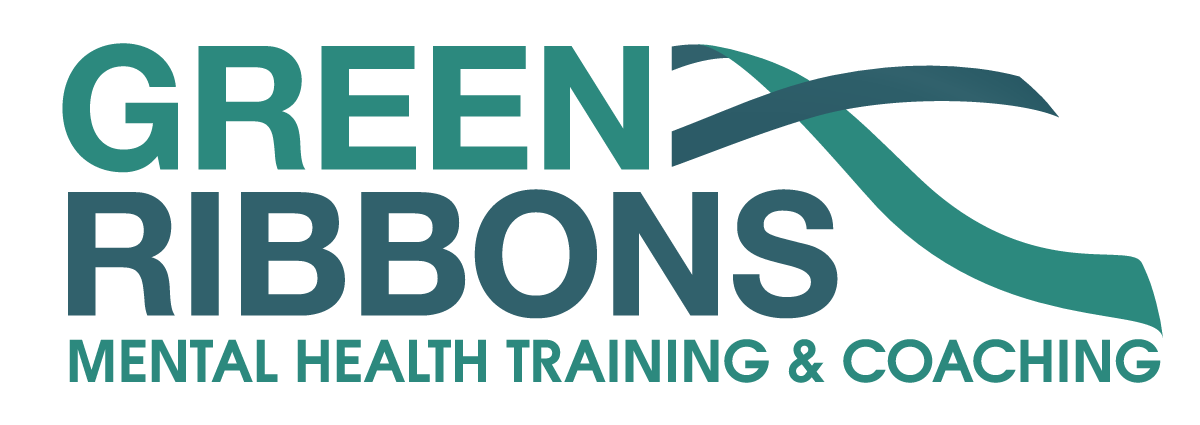Introduction
We’ve all experienced those moments of worry, nervousness or unease – perhaps before a big presentation, during an important exam, or when faced with an overwhelming to-do list. For some, these feelings are a natural and short-lived response to stressful situations. But for others, anxiety can be a relentless and debilitating condition that significantly impacts their daily life, relationships, and overall well-being.
Anxiety is a complex and multifaceted emotion, and it presents itself in many different forms. When anxiety becomes more than just a temporary or situational response to stress, it can develop into an anxiety disorder – a group of mental health conditions characterised by excessive and persistent worry, fear, and unease. Understanding the various types of anxiety disorders and their unique symptoms is vital for recognising when it’s time to seek help, either for oneself or for others who may be struggling.
In this article, we’ll delve into the many faces of anxiety, exploring the different types of anxiety disorders and how they can manifest. Whether you’re seeking to better understand your own experiences with anxiety or looking to support a loved one, this article aims to provide an overview of the diverse landscape of anxiety disorders.
Anxiety disorders are the most common mental health issue in the UK, affecting millions of people each year. However, despite their prevalence, anxiety disorders are often misunderstood, stigmatised, or dismissed as mere ‘stress’ or ‘nervousness.’ In reality, these conditions can be profoundly debilitating, leaving individuals feeling isolated, overwhelmed, and uncertain about their future. The first step towards breaking down these barriers and facilitating meaningful conversations about anxiety is to increase our understanding of the many different ways in which anxiety can manifest.
Anxiety is not a one-size-fits-all experience. There are several distinct types of anxiety disorders, each with its unique set of symptoms, triggers, and treatment options. By recognising the diversity of anxiety disorders, we can better identify when anxiety has crossed the threshold from a natural emotional response to a clinical condition that requires professional intervention. Furthermore, understanding the specific challenges and experiences associated with each type of anxiety disorder can help to foster empathy and support for those who are struggling.
The importance of education and understanding around anxiety disorders cannot be overstated. As someone who has worked extensively in mental health training in Scotland, I’ve seen firsthand the transformative impact that knowledge and awareness can have on individuals, families, and communities. When we can recognise and validate the diverse experiences of those living with anxiety, we pave the way for more open, compassionate, and supportive conversations about mental health.
It’s essential to remember that there is no shame in experiencing anxiety or seeking help for an anxiety disorder. Anxiety is a natural human emotion, and it’s crucial to acknowledge and validate our feelings rather than suppress or ignore them. By fostering an open and non-judgmental environment around mental health, we can create a supportive community where individuals feel comfortable discussing their experiences, seeking help, and offering assistance to others.
In the following sections, we will delve deeper into the various types of anxiety disorders, discussing their unique symptoms, from Generalised Anxiety Disorder (GAD) to Panic Disorder, Social Anxiety Disorder, and more.
Different Types of Anxiety
- Generalised Anxiety Disorder (GAD): Generalised Anxiety Disorder, or GAD, is characterised by excessive, long-lasting anxiety and worry about everyday life events, situations, or activities. People with GAD often find it difficult to control their worry, even when there’s no apparent reason for concern. This constant sense of unease can lead to physical symptoms such as fatigue, muscle tension, headaches, and sleep disturbances.
- Panic Disorder: Panic disorder is characterised by recurring, unexpected panic attacks. These attacks are sudden periods of intense fear that may include palpitations, pounding heart, sweating, trembling or shaking, shortness of breath, and a feeling of impending doom or loss of control. People with panic disorder often live in fear of experiencing another panic attack and may avoid places or situations that they associate with previous attacks.
- Social Anxiety Disorder (SAD): Social Anxiety Disorder, also known as social phobia, is characterised by a persistent fear of social situations and excessive self-consciousness. People with SAD may worry about being judged, criticised, or humiliated by others and often avoid social situations as a result. This can have a significant impact on work, school, and personal relationships.
- Specific Phobias: A specific phobia is an excessive and irrational fear of a specific object, situation, or activity. Common phobias include fear of heights, flying, spiders, or closed spaces. People with specific phobias will often go to great lengths to avoid the feared object or situation, which can significantly impact their daily lives.
- Obsessive-Compulsive Disorder (OCD): Obsessive-Compulsive Disorder is characterised by persistent, unwanted thoughts (obsessions) and repetitive behaviours (compulsions) that the individual feels driven to perform. Common obsessions include fear of contamination, intrusive thoughts about harm to oneself or others, and a need for symmetry or orderliness. Compulsions often involve repetitive behaviours such as hand washing, checking locks or appliances, and arranging objects in a specific manner. These compulsions can be time-consuming and cause significant distress.
- Post-Traumatic Stress Disorder (PTSD): Post-Traumatic Stress Disorder is a mental health condition triggered by experiencing or witnessing a traumatic event, such as a natural disaster, serious accident, or assault. Symptoms of PTSD can include flashbacks, nightmares, severe anxiety, and uncontrollable thoughts about the event. Individuals with PTSD may also experience emotional numbness, avoidance of situations that remind them of the trauma, and increased arousal, such as difficulty sleeping, irritability, or being easily startled.
- Separation Anxiety Disorder: Separation Anxiety Disorder is more commonly associated with children but can affect adults as well. It is characterised by excessive fear or anxiety about being separated from loved ones or attachment figures. This anxiety can lead to physical symptoms such as headaches, stomach aches, and heart palpitations, and may result in avoidance of activities or situations where separation may occur.
Conclusion
Anxiety disorders are complex and varied, but with the right support and treatment, they can be effectively managed. At Green Ribbons, we offer a range of Mental Health First Aid training courses designed to help you recognise the signs and symptoms of various mental health conditions, including anxiety disorders. By increasing your knowledge and understanding of these disorders, you can be better equipped to support yourself or others who may be struggling with anxiety.
Remember, it’s essential to seek professional help if you or someone you know is experiencing symptoms of an anxiety disorder. A qualified mental health professional can help to determine the most appropriate treatment and support options to help manage and overcome anxiety.
If you’re based in the North of Scotland or beyond, and you’re interested in learning more about mental health training, please get in touch with us at Green Ribbons. With years of experience delivering training in the mental health sphere, we’re committed to helping individuals and organisations develop the skills needed to support mental wellbeing in our communities.











